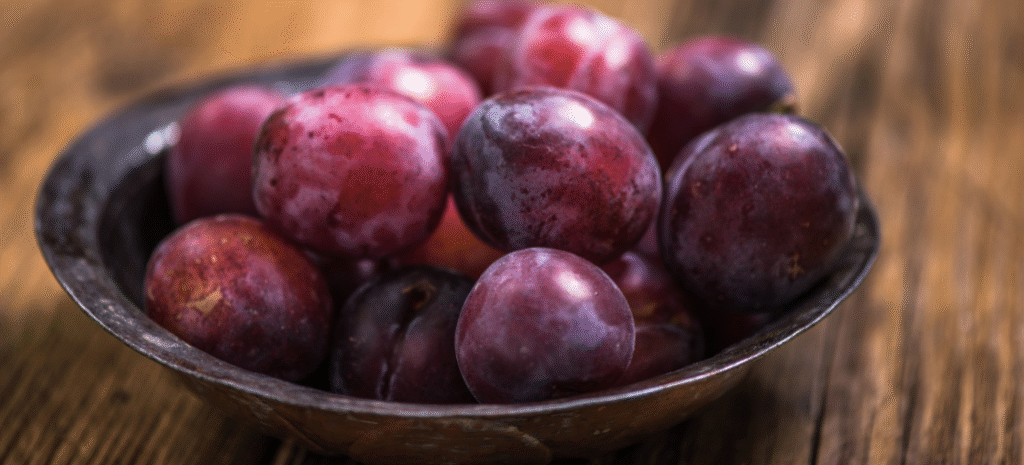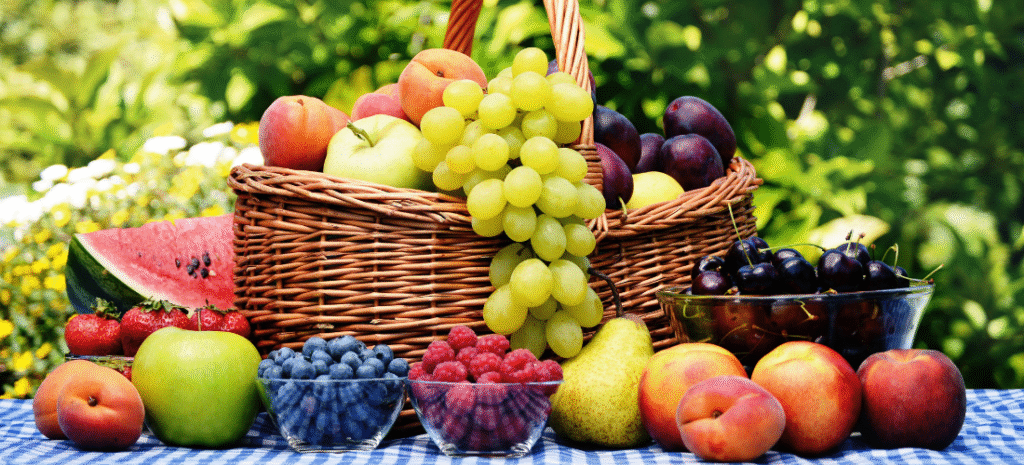Clementines are one of the iconic fruits of winter. Convenient to peel, seedless and naturally sweet, they are an easy and tasty way to boost your immune system and take care of your health, especially in the colder months.
ALL THE BENEFITS OF CLEMENTINES
Like all citrus fruits, clementines are an excellent source of vitamin C, which is essential for:
- Support immune defenses
- Contribute to collagen synthesis (essential for skin, blood vessels, muscles and bones)
- Improve iron absorption.
But that’s not all: these fruits also bring:
- fiber, useful for intestinal health
- vitamin A (in the form of beta-carotene)
- folates, essential in pregnancy and for cell turnover
- potassium, important for the regulation of blood pressure and muscle function.
WHY INCLUDE THEM IN THE DAILY DIET?
Clementines are perfect for the whole family, even the little ones, because:
- Have a balanced taste: not too sour, not too sweet
- Are easy to peel
- Seedless, so practical to eat anywhere.
Thanks to their “pocket” size, they are an ideal natural snack to take with you to work, school or on the go.
NOT JUST WEDGES: LOTS OF IDEAS IN THE KITCHEN
In addition to eating them “au naturel,” clementines are very versatile in cooking. Here are some ideas for using them:
Clementine juice
Perfect on its own or mixed with orange, lemon or grapefruit.
Homemade jam
Delicious for spreading on bread, making tarts or accompanying cheese.
Baked desserts
The juice can be used for cakes, plumcakes, muffins and cookies, giving a delicate, citrusy aroma.
Gourmet salads
Pair it with:
- Endive or radicchio, to balance the bitterness with a sweet note
- Raw fennel, black olives and walnuts, as a variation on the classic orange salad.
Citrus Risotto
Use clementine juice for a surprising, fresh and fragrant dish.
Mouthwatering snack
Dip the wedges in melted dark chocolate, let them cool and enjoy a simple but irresistible dessert.
CLEMENTINES OR TANGERINES? LET’S CLARIFY
Often confused, clementines and tangerines are not the same thing.
Clementine
- They derive from a cross between bitter orange and tangerine
- Shape spherical
- Seedless
- Taste sweeter and milder
Mandarins
- More crushed at the poles
- Juicy and tart slices
- They contain seeds
- Taste more intense
Knowing how to distinguish them also helps to choose the right fruit for each preparation, based on the desired flavor!
CONCLUSIONS: A SMALL BUT PRECIOUS FRUIT
Clementines are a health powerhouse, ideal for facing winter with energy and taste. Easy to incorporate into the daily diet, versatile in cooking and rich in beneficial substances, they represent one of those seasonal gifts that we should never be without on our table.
by dietitian Alessandra Zanini
SOURCES:
- “Citrus Juice Extraction Systems: Effect on Chemical Composition and Antioxidant Activity of Clementine Juice” – Rafael Álvarez, Catarina P. Carvalho, Jelver Sierra, Oscar Lara, David Cardona, and Julian Londoño-Londoño – Journal of Agricultural and Food Chemistry 2012,
- “Juice of New citrus hybrids (Citrus clementina Hort. ex Tan.×C. sinensis L. Osbeck) as a source of natural antioxidants” – Paolo Rapisarda, Simona Fabroni, Silke Peterek, Giuseppe Russo, Hans-Peter Mock -Food Chemistry, Volume 117, Issue 2, 2009, Pages 212-218.
- BDA – Food database for epidemiological studies



